The best basis for your dog training
Before buying a dog, almost every dog owner thinks about the ideal basic training. You have plans and want to implement everything perfectly. The reality is often different. This post provides a realistic insight into basic training and the 5 best commands for every dog.
About Us
Reva & Me – A typical dog account, yet so different
There are so many dog pages on Instagram. One is more beautiful than the other and everyone writes about training their dog. We also have a dog account on Instagram. On “Reva & Me” we show a completely different side of the wonderful life with a dog. Not everything is always rosy for us and I report on my problems from puppyhood and many regressions.
I don't like this illusory world, I like it authentic. If you would like to look over the shoulder of a crazy dog-human team during many funny, chaotic, sad and unforgettable moments, you are welcome to come and visit us

Personal information about my dog training
When Reva moved in with us, we had a little bit of dog experience and were therefore well prepared, we thought. Since she was a puppy, I got a puppy guide that had a timetable. It was recommended from which week of life you should introduce which command. I was doubly prepared, with book and experience. At least that was my thought.
What my oh-so-great puppy guide didn't tell me was that every puppy is completely different. Not every fur ball wants to sleep 20 hours a day and maybe doesn't feel like learning new things. Early support and socialization are not pre-programmed for every puppy. So Reva moved in and the chaos began.
Reva grew up in a nursing station without a mother, neither knew how to use a vacuum cleaner nor had a positive attitude towards human hands. No, she was dominant and didn't accept rules and boundaries for a long time. It took a few weeks before we could start the first exercises and work on basic obedience. That was ok because we are all individual. So did our dogs, so I was happy to accept that.

The 5 most important basic commands for every dog
Every human-dog team is different and should work individually. However, when living with our dogs, there are some so-called basic commands that every dog should know. By that I don't mean funny tricks, but rather the so-called basic obedience, which is essential for every dog.
In addition to good leash walking, these commands make living together safer for humans and dogs. These simple commands can also be learned by older animals with little time and patience. What are these important commands that every dog must be able to do?

Seat & space
The classics among the commands and therefore two of the most important. It is meaningful that your loved one lies down or sits down on command. This can take a lot of stress out of situations and is helpful for traveling on buses and trains. The dog doesn't get in anyone's way and doesn't bother anyone.
Training for these commands is easy and can be learned quickly with a few delicious dog biscuits. We like to use the Cookie Thief 'Fitis' dog treats in different varieties, Reva isn't picky about them. For us, these were the first two commands that I taught Reva.

Stop/Stop
A VERY important signal. What word you use doesn't matter. The main thing is that your four-legged friend can stop on command. This is extremely important, especially in a potentially dangerous situation! I myself work with both commands. If Reva should stop, I say stop. In a moment of emergency when there is hardly any time to act, I shout loudly Stop! She recognizes the difference immediately and acts accordingly.

Out/End/Give
Here we have an absolute classic. For many, the end means stopping barking. However, there are some who want to use it to signal the end of an action. Many people also want to get the dog to return an item. Misunderstandings can quickly arise here.
For example, we say 'end' to interrupt an action (playing too wildly to be able to stop it). For us, the 'off' means returning an item that she shouldn't have. The 'Give' stands for things that we throw and she is supposed to bring to us. For example, this climbing rope sling ball from PAWSOME .

Stay/Wait
With one of the most important basic commands. Although every team is different, many people still think that the commands have to be implemented the same way. Unfortunately, the same applies here. According to dog trainers, a proper stay is when you put your dog down, say stay, go away. After a short wait, you go back to the dog and give the command.
A real 'wait' is similar. The dog is put down and given the command 'Wait'. The person walks away and after a short while calls the dog over. But as I said, everyone is different. There are enough dog owners who don't want to let their dog go anywhere and just let him sit there. There are just as many dog owners who give the commands the “wrong” names. It doesn't matter! It is important that your dog can pause briefly in one place.
Personally, I use 'Stay' when Reva is freewheeling and I see an approaching obstacle, e.g. a cyclist. Then she gets a distant seat and the 'stay' follows and she has to wait until I'm with her. Our 'wait' is similar. We are free running and there are joggers running alongside us. Then I call her, stop and say wait. She doesn't have to sit. Just standing next to me and waiting quietly for a moment is enough for me.

Ceiling
I personally consider the command 'ceiling' to be one of the most important signals of all. If set up correctly, the dog can find peace in almost every imaginable situation. Do you want to go to the restaurant? No problem if your dog knows the command 'blanket'. Simply take your blanket with you, give the command on site, the dog has its safety zone there and can relax. A travel blanket is best.

Learn commands with hand signals and voice commands
At the beginning it is easier for your darling to carry out the commands with hand signals and voice commands. The hand signal often results from the hand movement you make with the food in your hand. When sitting, it is often an upward movement of the hand or a raised index finger.
Until your dog has understood the task perfectly, you should only start with the hand signal. Say the word at the exact moment your dog is performing the task correctly. Slowly you say the command earlier and earlier and after many repetitions you can use it before your hand signal.

Learn the command 'down' with hand signals and precise vocal commands
- Sit your dog down in front of you and take a piece of food in your hand.
- Slowly lower the food to the ground. Make sure that your dog is interested in the food and follows it.
- When your dog makes a downward motion with his front paws and lies down, you can mark this behavior and reward him.
Not every dog lies down the same way, many try to get the treat differently. Keep your hand closed and wait. If your darling gets up, sit him down quietly again and lower your hand with the treat back down. Let your dog think for himself and achieve success.
Some dogs find this easier and lie down immediately. Others need several attempts before they can lie down completely. With these dogs, make sure that you continue to motivate your dog and reward intermediate steps, such as lowering his head or ducking towards the ground - As soon as your dog is completely on the ground, you can say the command 'down'. In the beginning, don't say it earlier and only say it once. With each exercise, make sure you use your word with each success
- Do this exercise over a few days until your dog lies down when your hand moves downwards.
- Then you can start giving the vocal command 'down' during your hand signal and later before your hand signal. This way your dog will better understand what you mean by this word and what action you expect from your four-legged friend.

When can hand signals be removed?
You should practice commands with hand and voice signals with your four-legged friend over a longer period of time. This way you can make sure that your dog understands the task correctly and associates everything positively. Your darling will have a lot of fun training and would like to learn new things.
After many repetitions, you can try just saying the word. In our example this would be 'space'. Look at your dog's reaction. Is it in the right position? If so, be happy and reward your darling. If he can't do it, give him a hand signal.
This way you can slowly reduce the hand signal. I sometimes only train with vocal commands or exclusively with hand signals. So Reva has to think for herself and react to both signals independently.

Are there any other important commands?
In any case! I think it's important to do veterinary training with the dog at home early on and to give a firm command for this. With a bit of luck, this will make it easier for the dog to allow himself to be touched later at the doctor.
There are dog trainers who believe that a dog must be able to bark on command and stop barking on command. That's a matter of taste and I haven't taught it to a dog.
There are also dog owners for whom it is important that their dog stands down briefly at every traffic light or street crossing. Personally, I don't do this because Reva is prone to cystitis. We stop and wait a moment before moving on. You should decide for yourself whether you need this for yourself or not.

What I find practical is if the dog can carry objects in its muzzle. This not only looks funny, but can also give the dog a lot of security. Reva is very anxious when she goes to the city center with lots of people. I give her a small umbrella or a toy to carry in her mouth. In this way, people's concentration is redirected to the thing being carried.
And so I could go on forever. There are so many dog commands and tricks that you can convert into a helpful or practical command. However, these are neither part of basic obedience nor are they suitable for every human-dog team.

Conclusion: Basic commands – what does my dog have to be able to do?
In society, good basic obedience is important and often synonymous with good upbringing. It doesn't matter what name the commands have. Each human-dog team must decide for themselves which of these basic commands are important to them.
You could see from my own examples how these commands can change over time with the dog. What begins as a basic exercise is often converted into little helpers in everyday life. And that's why these signals are so important for every dog owner, no matter how different we all are. But you should never assume that every dog has the same words for the signal or that the execution is the same.


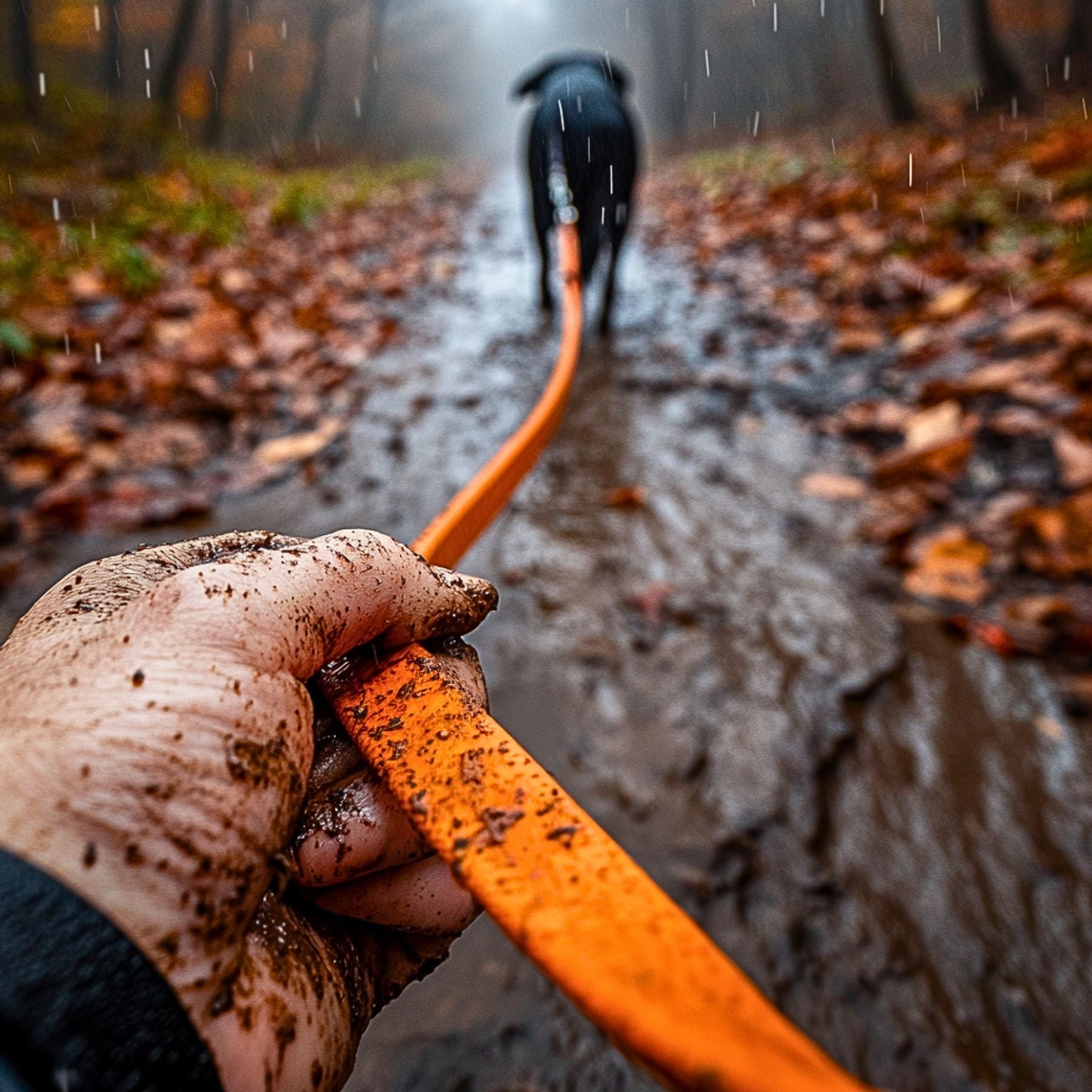
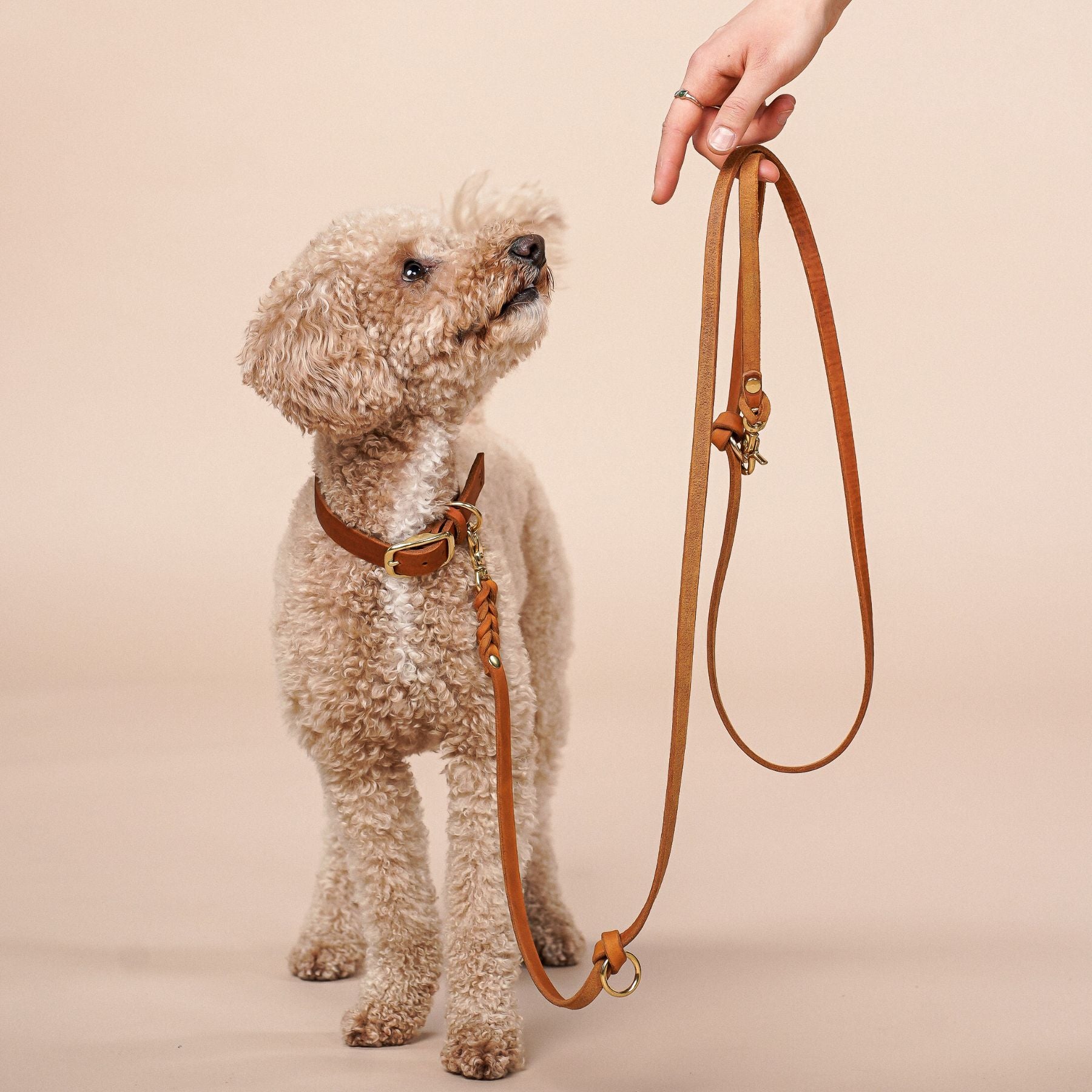
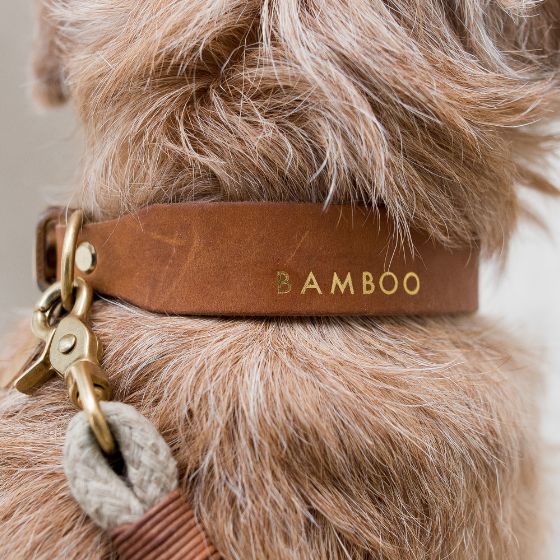
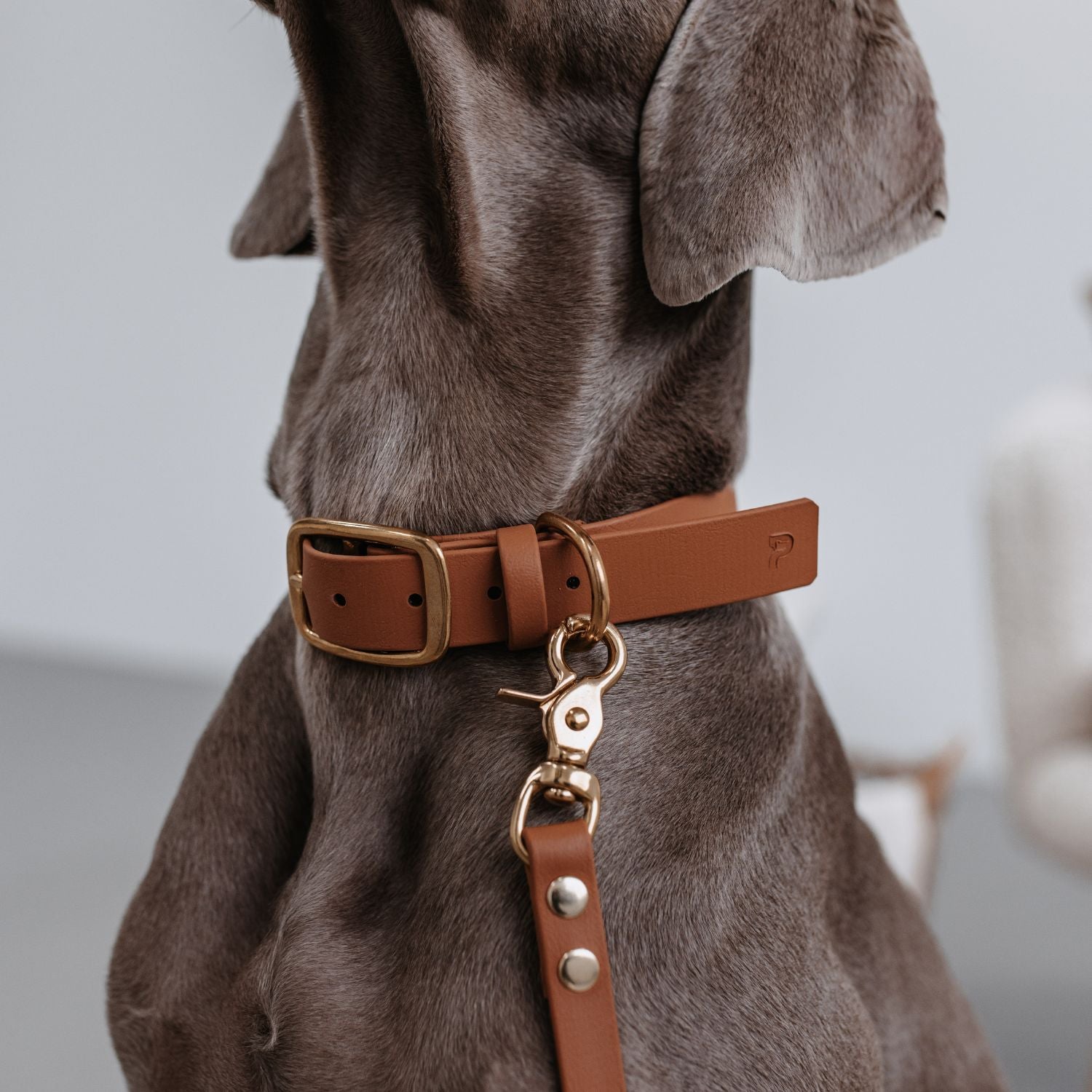
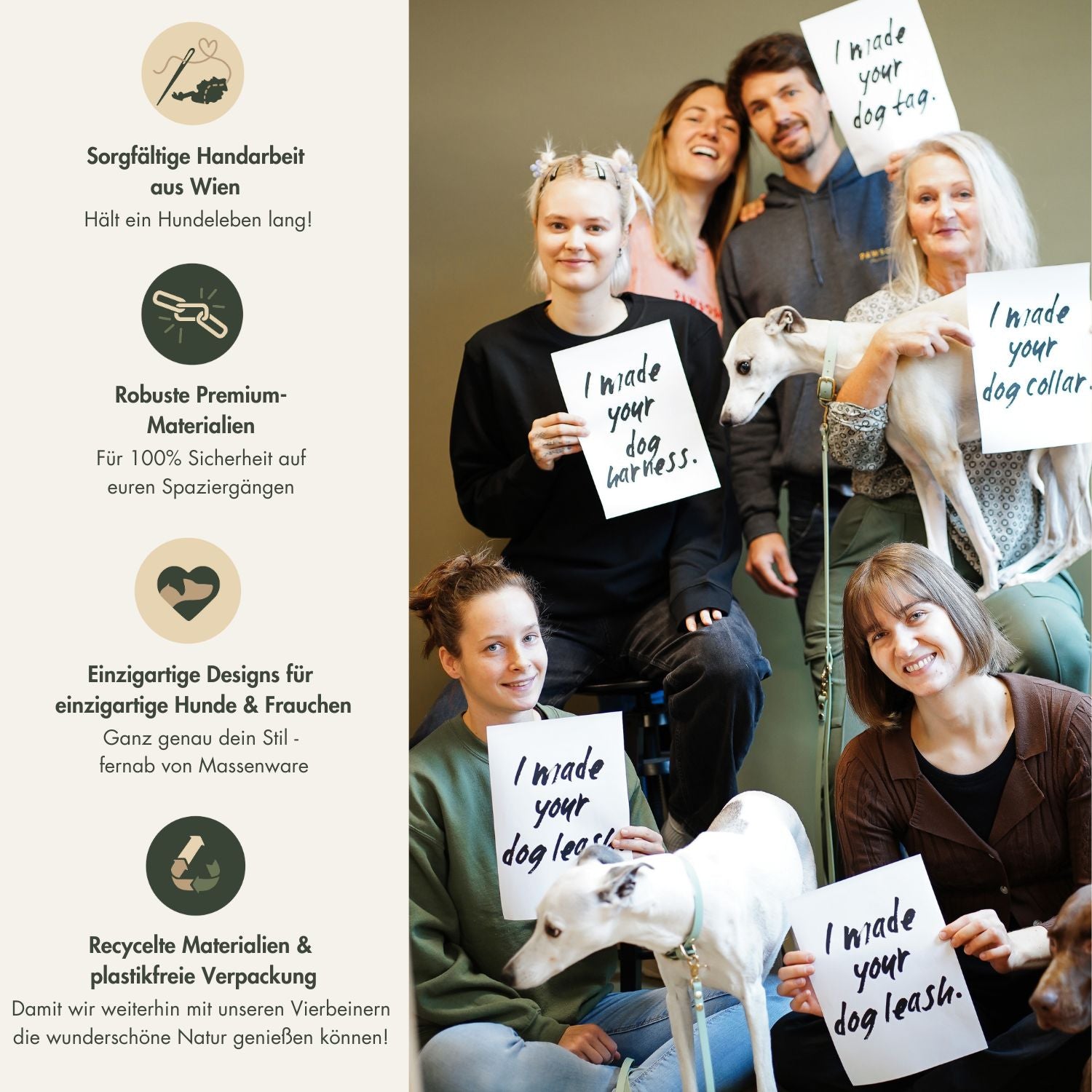

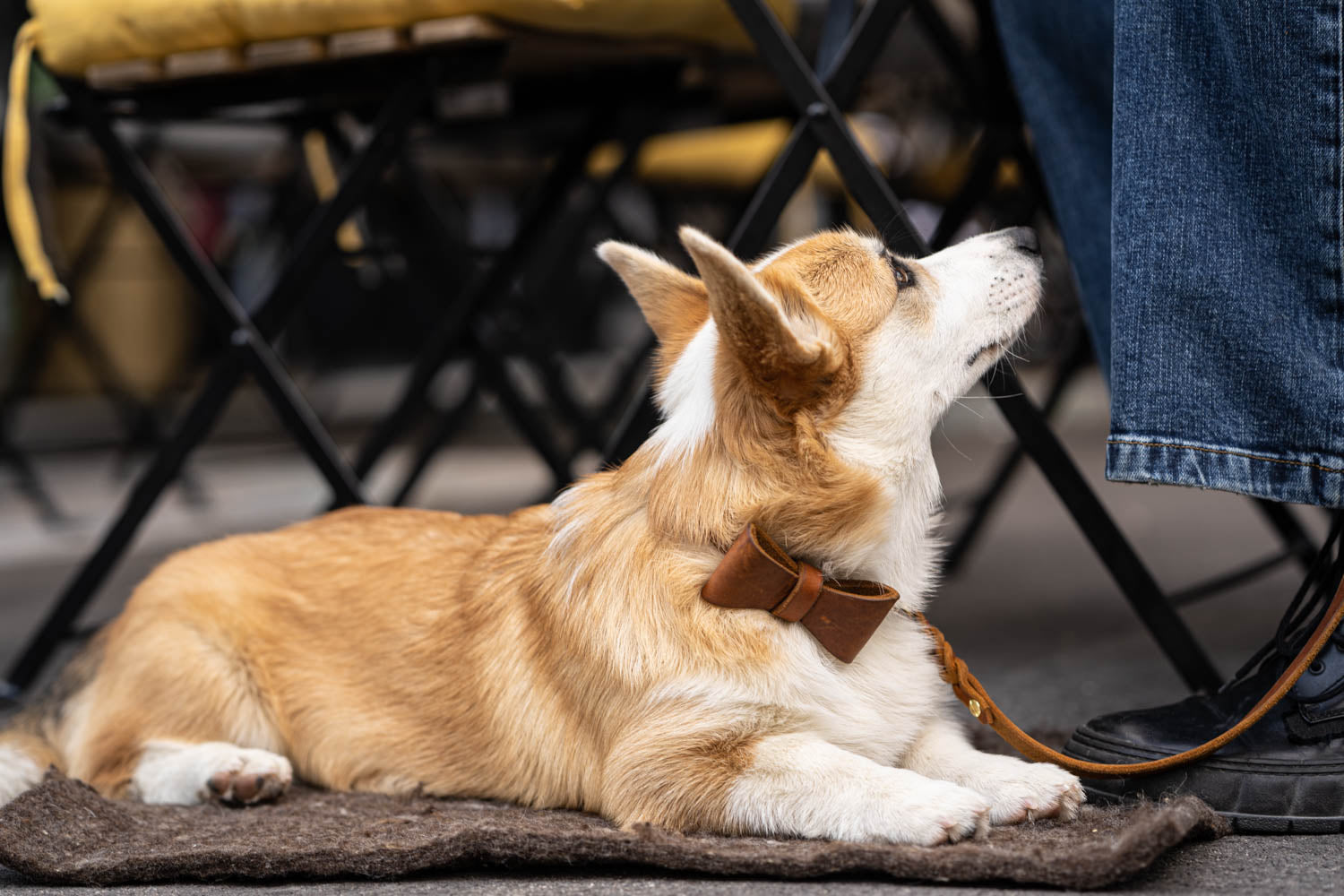
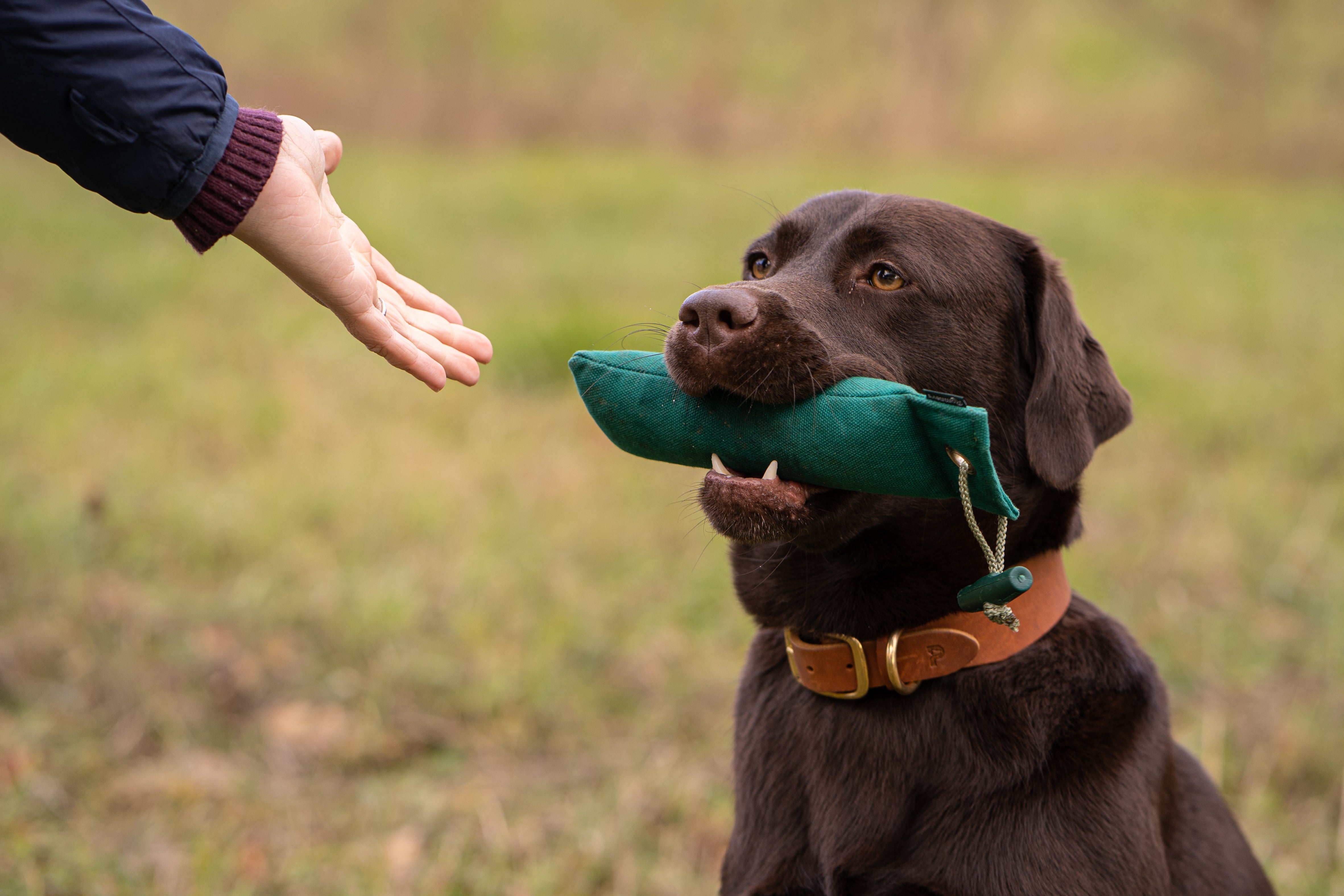
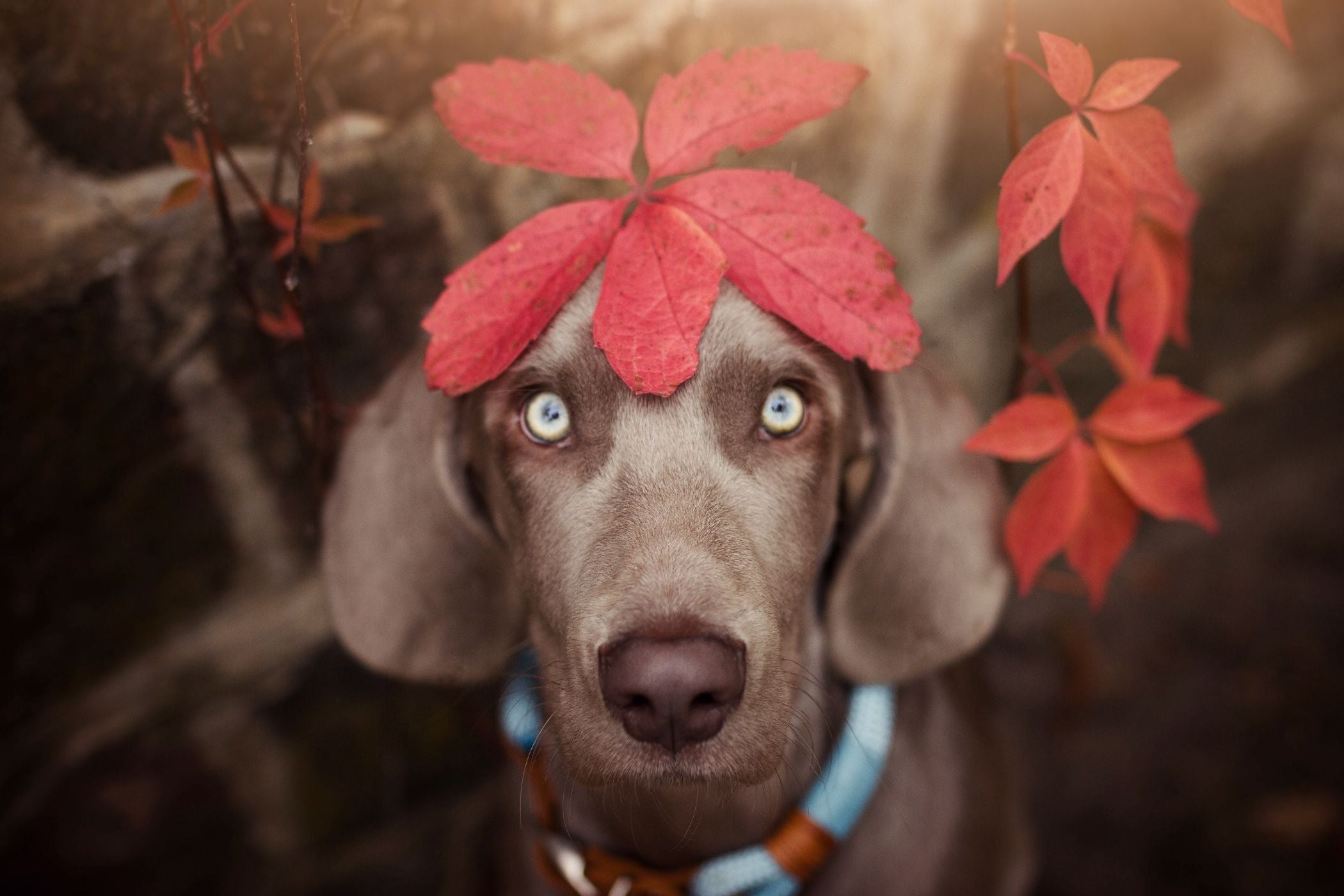
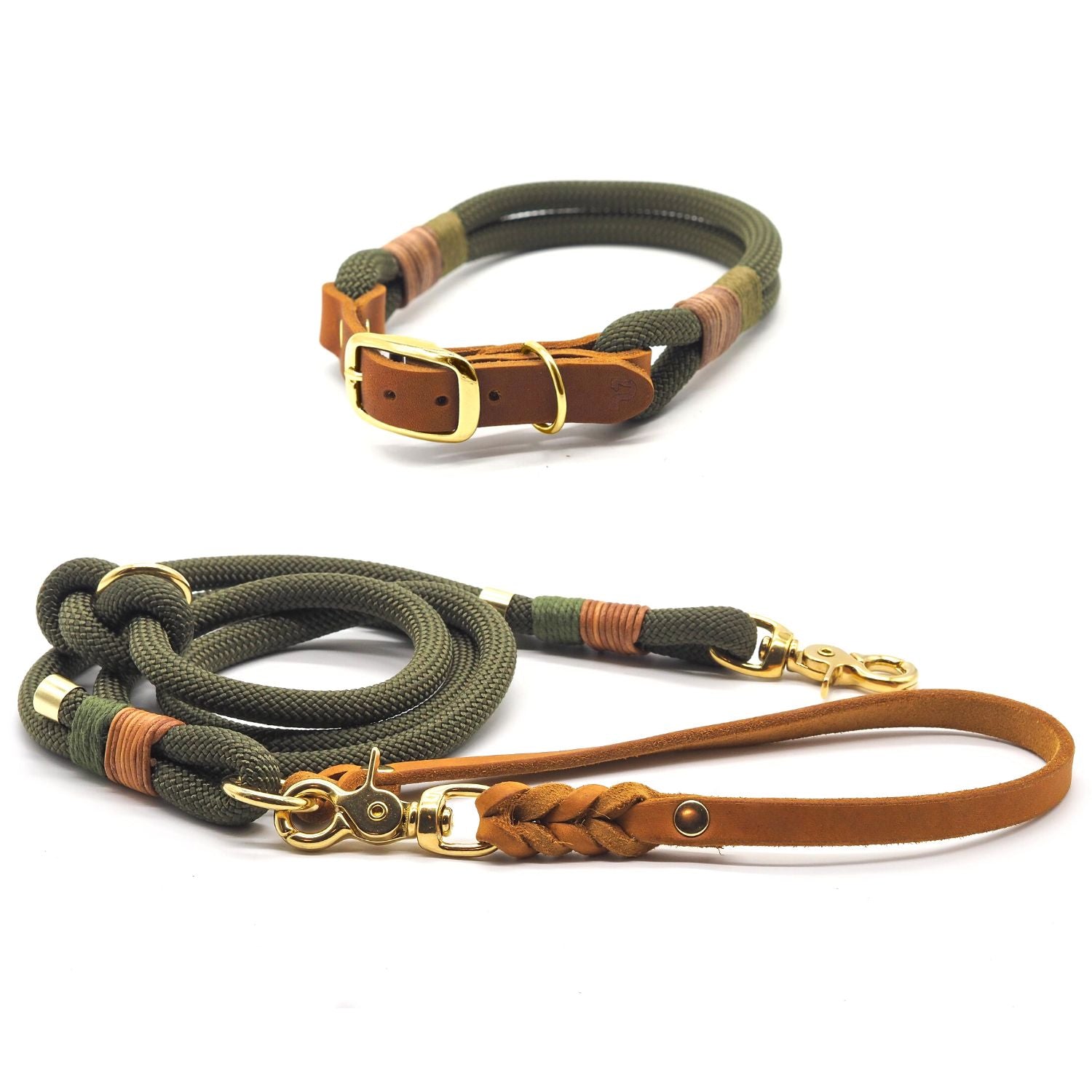

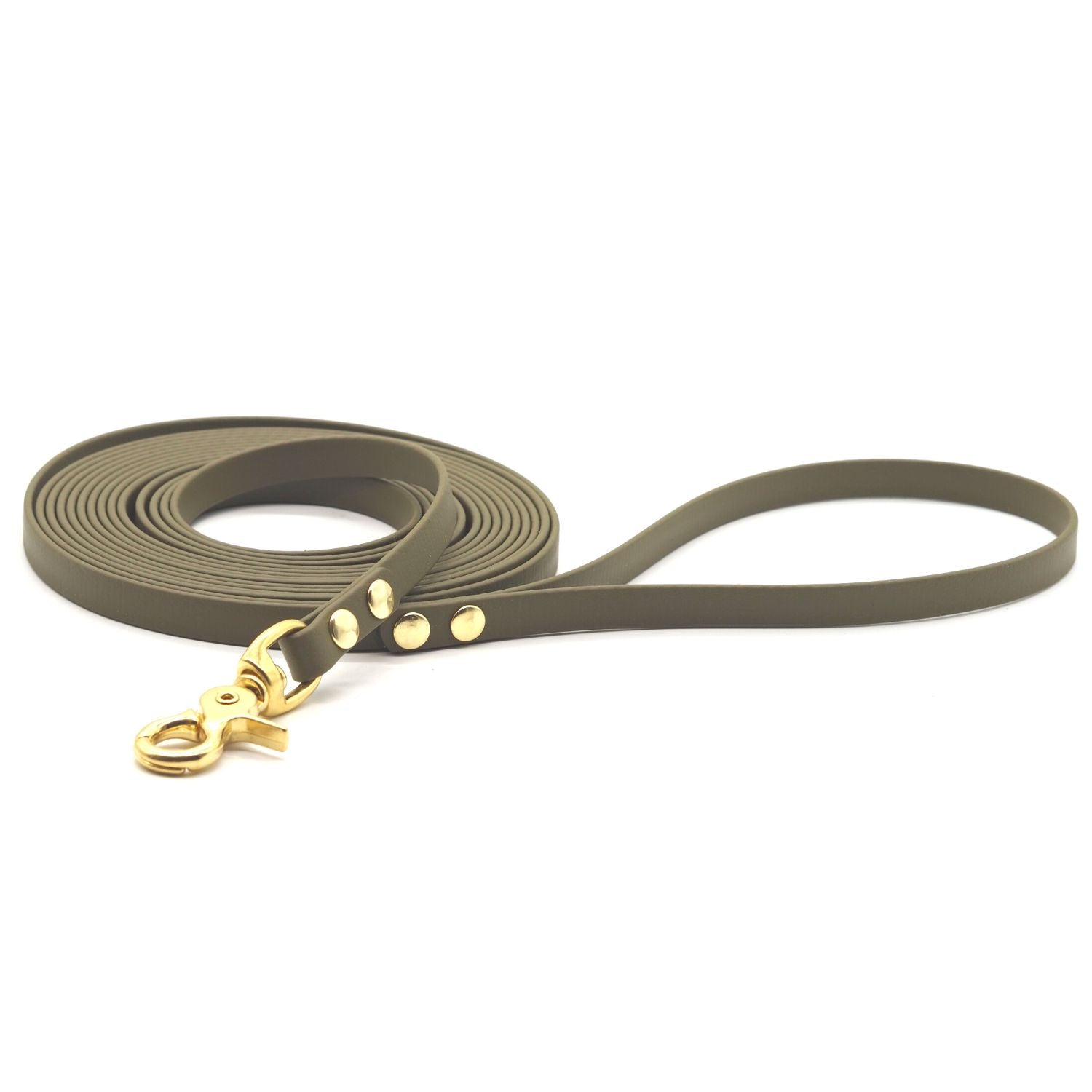
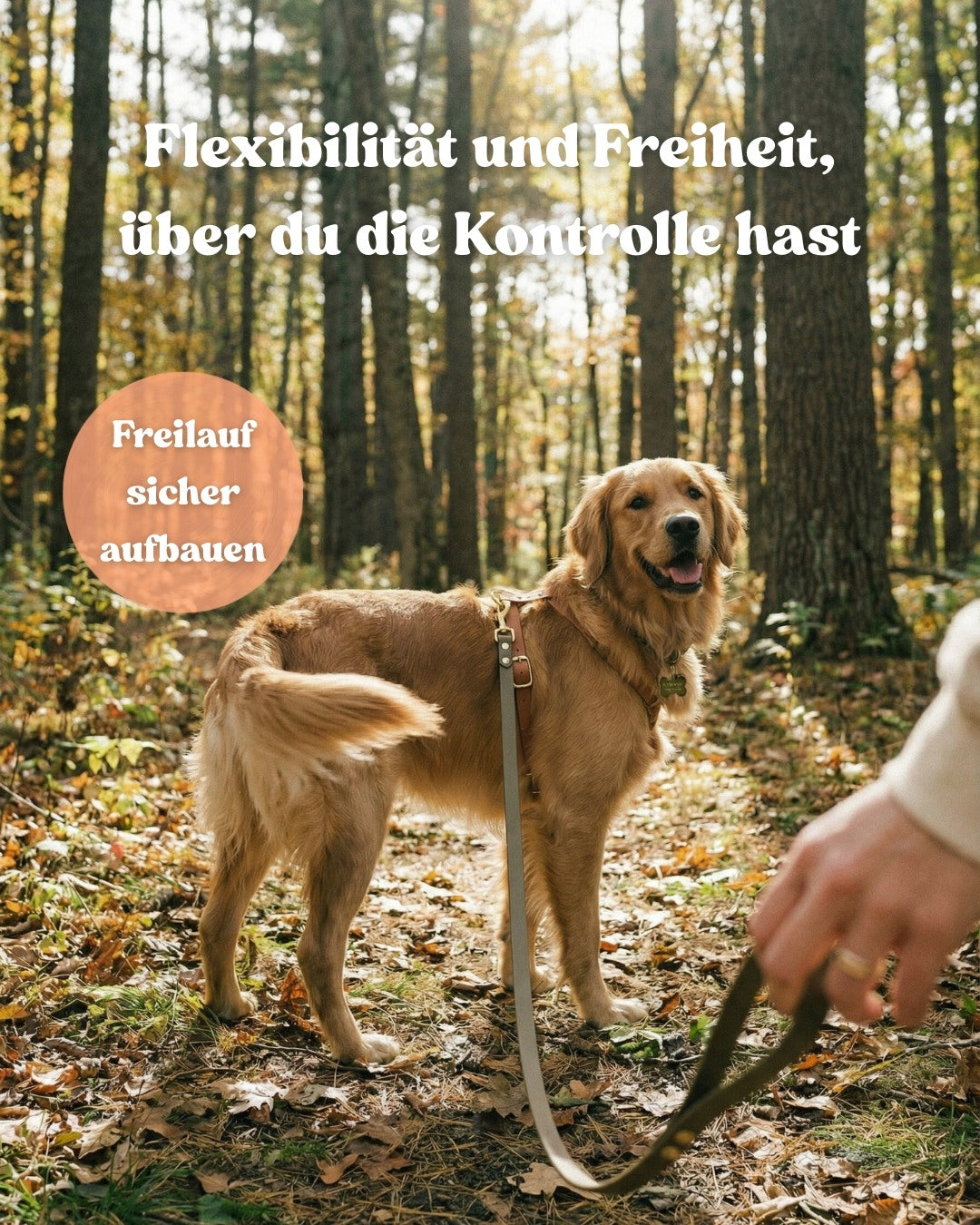

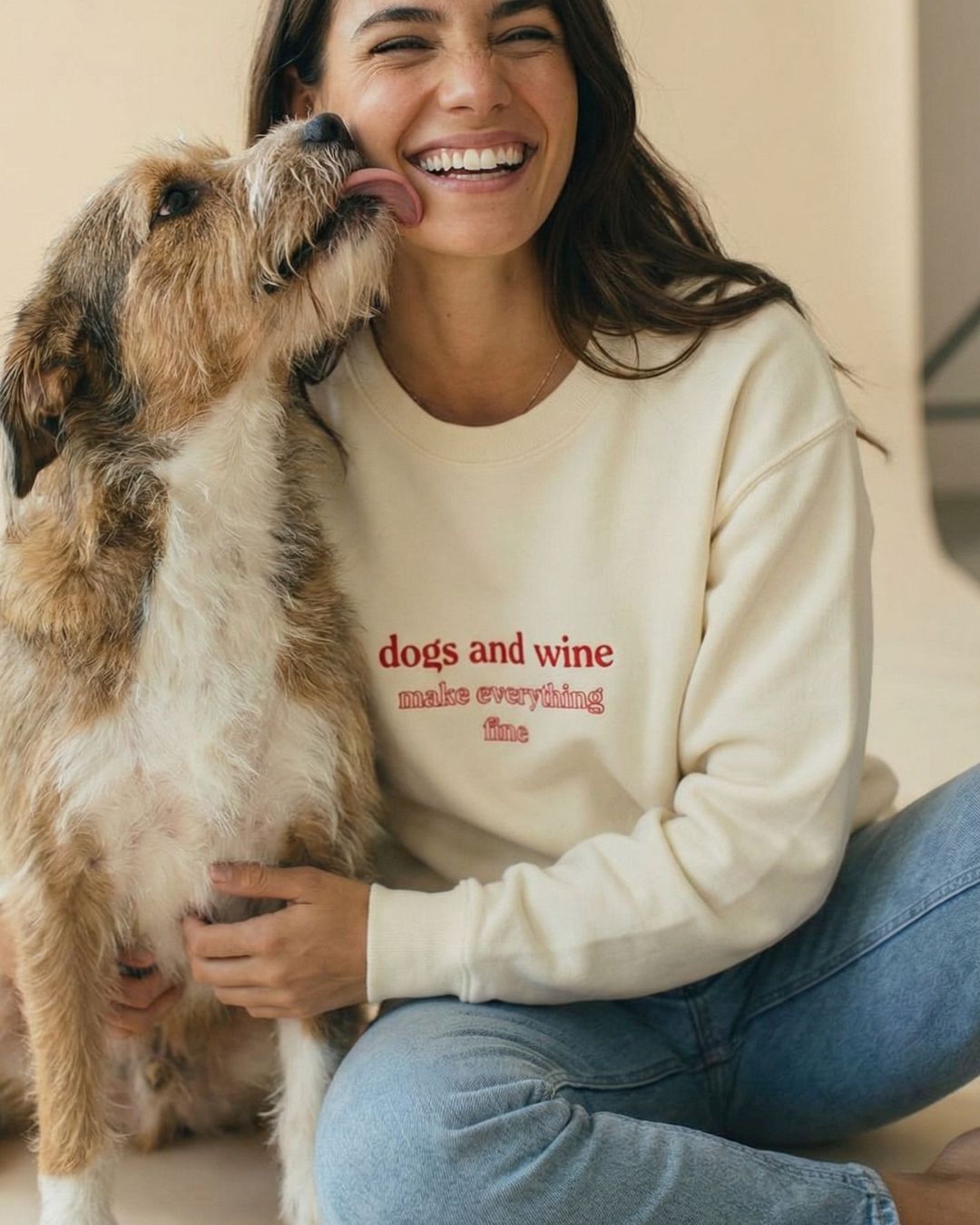
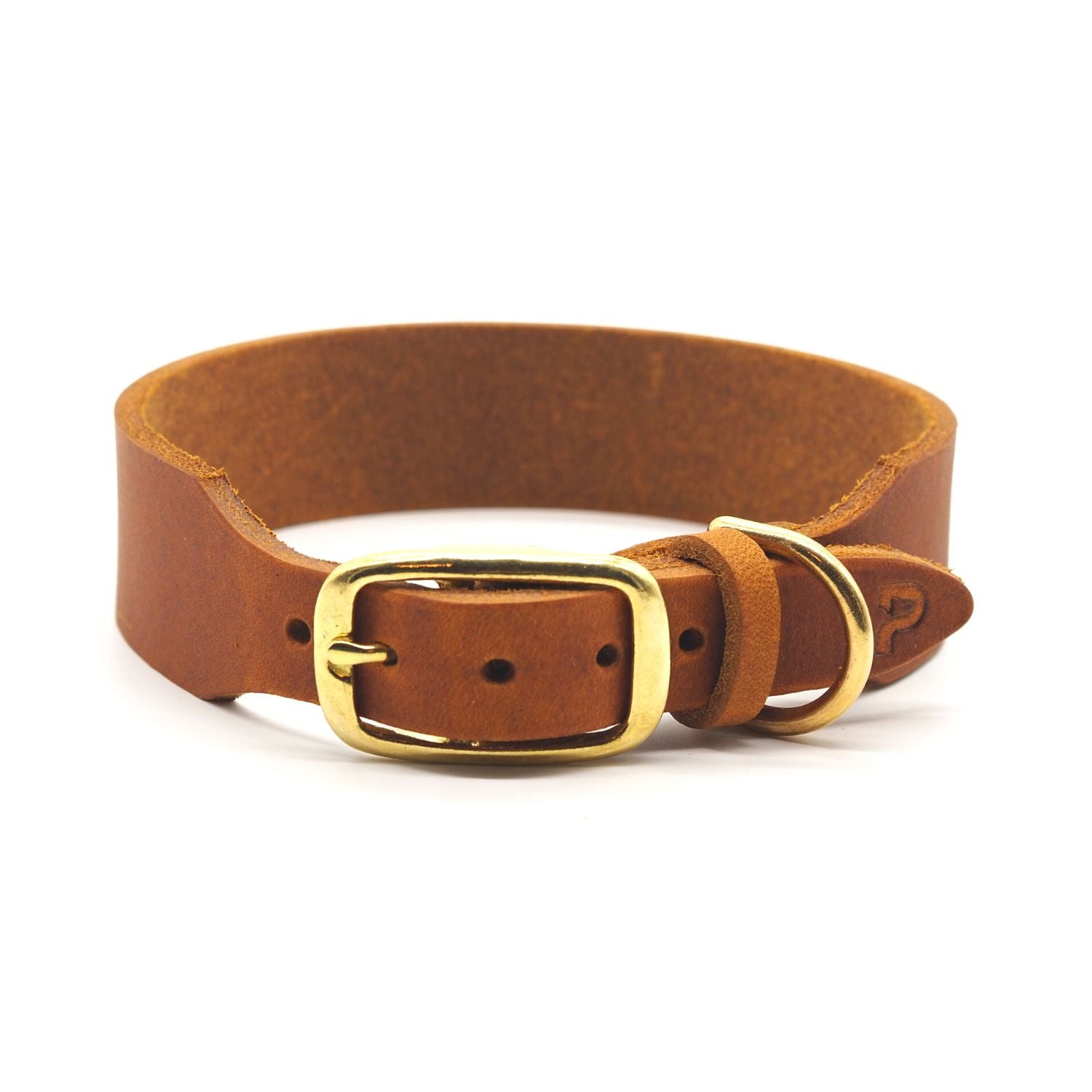

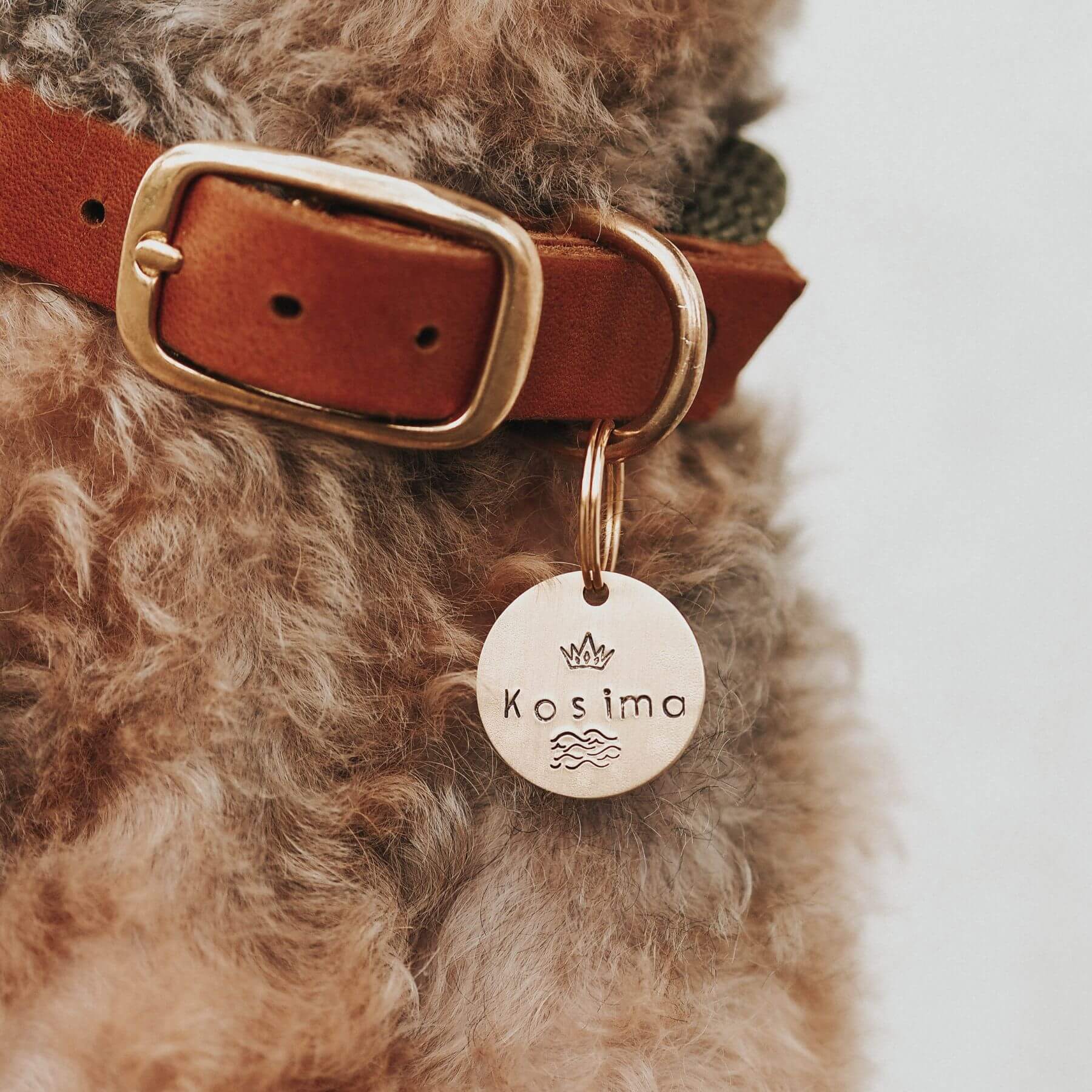
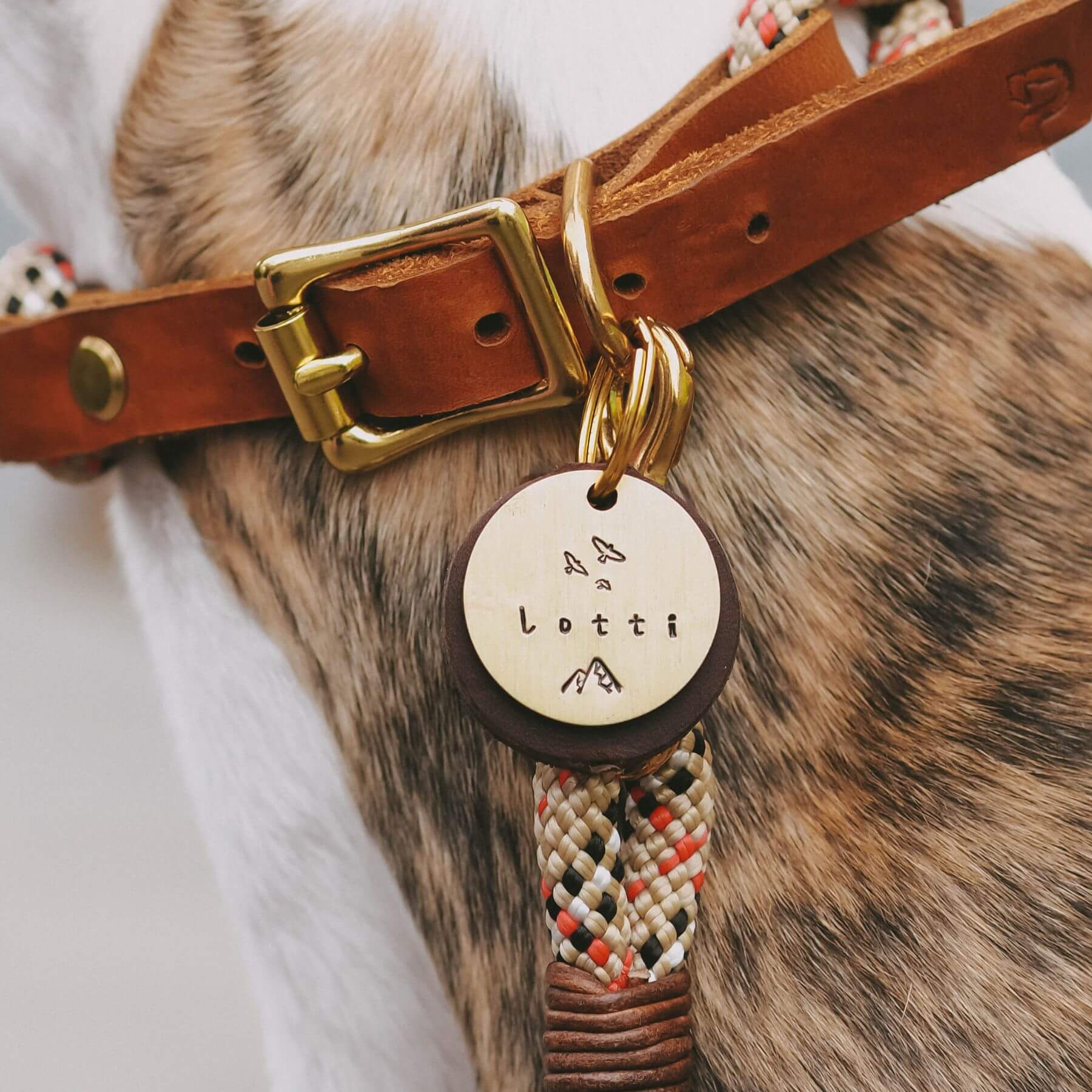




Leave a comment
All comments are moderated before being published.
This site is protected by hCaptcha and the hCaptcha Privacy Policy and Terms of Service apply.